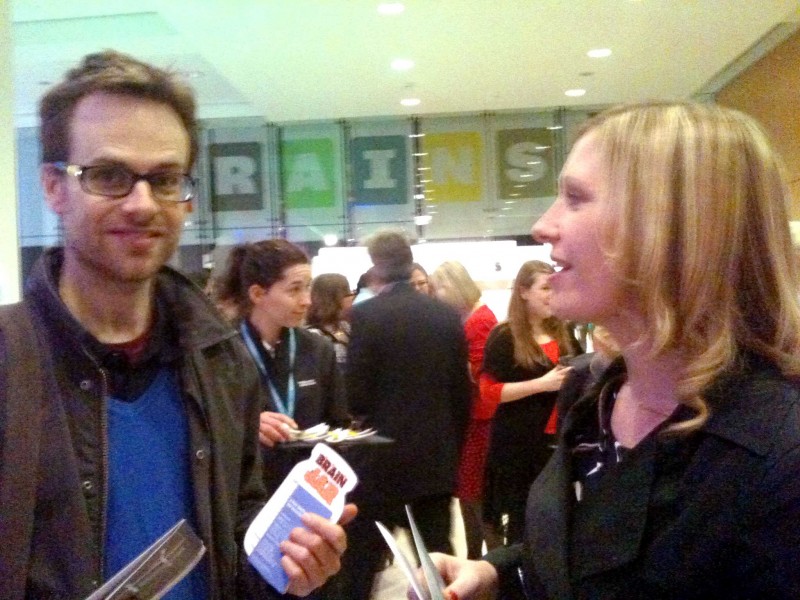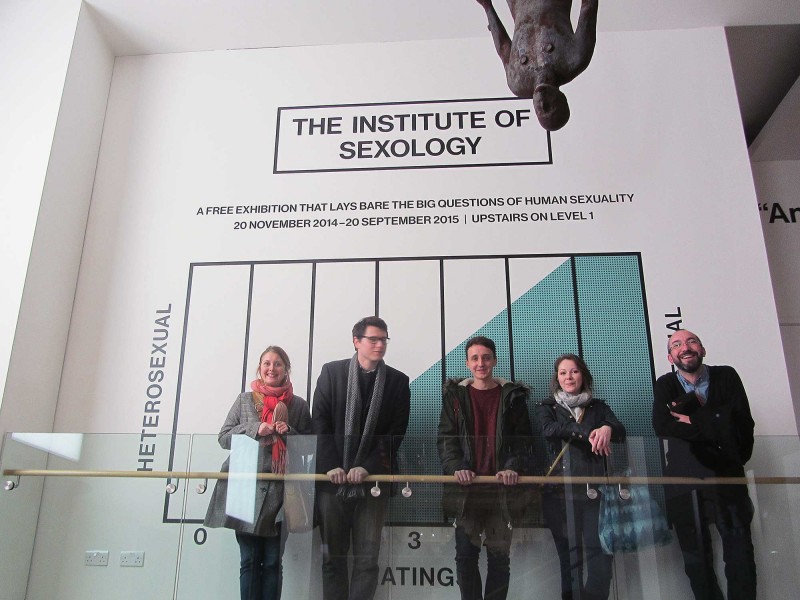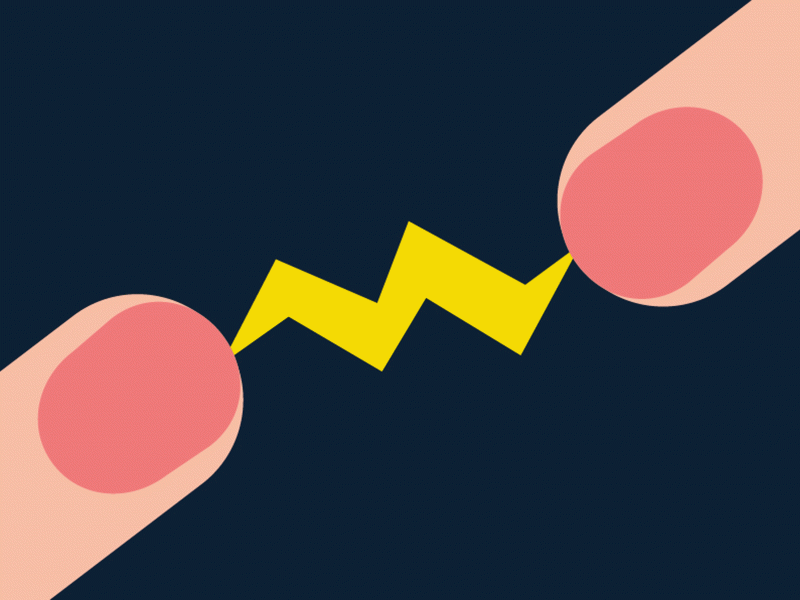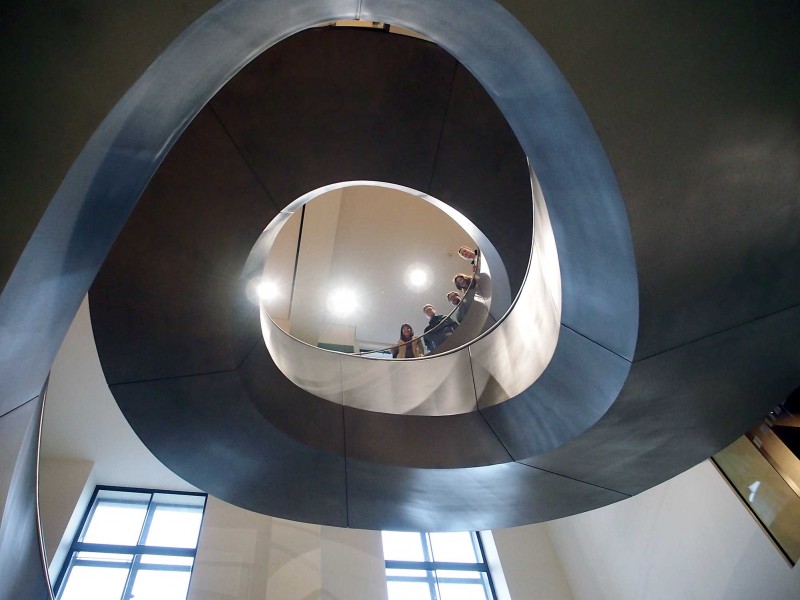November’s Cog Night was a visit to The Institute of Sexology at Wellcome Collection. An exhibition about those who have studied sex and sexuality and contributed to our understanding of what goes on beyond closed doors.
The Institute of Sexology at Wellcome Collection

The Institute of Sexology at Wellcome Collection is described as an homage to the German organisation of the same name (Institut Für Sexualwissenschaft). That Institute was founded in 1933, in Berlin, under the sexually liberated Weimar Republic. It was crushed by the repressive Nazis who went on to literally burn their books in the street.
For me, that account summarises the most interesting aspect of this exhibition. Whatever we might believe of ourselves or our ancestors, there is always a sexual tension in every society. I’m sure there were ancient Greeks who were disgusted by the pottery phalluses and erotic ceramics of the time, equally I’m sure there were Victorian practises that would make our eyes water (not least we now know from Victoria and Albert themselves). So why does one view win out and how can we use the study of sexuality to ensure a safer, more tolerant society for all?
This exhibition purports to be about the science, the study of sexuality, the objectification of the full spectrum of sexual behaviour. But this is a public exhibition and they need to strike a balance between titillation and academia. It’s disingenuous to pretend that this topic was chosen for purely scientific purposes; this is a subject designed to draw in the crowds to the newly transformed exhibition spaces in Euston Road.
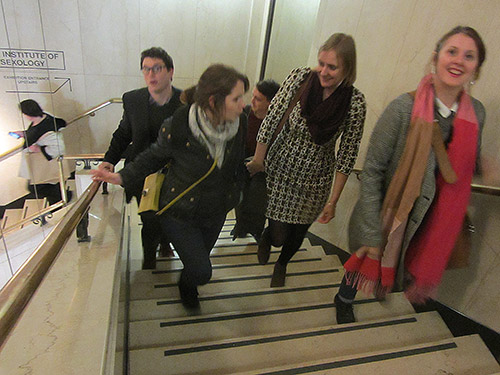
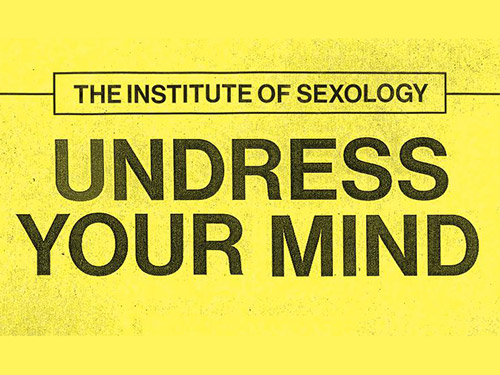
But the new spaces aren’t ready. Maybe I’m being very unfair but this feels like an exhibition that they’d planned for a much bigger space, and has been squeezed into its accommodation on the 2nd floor because the building work is behind schedule.
Don’t get me wrong, it’s a great exhibition design, it’s filled with fascinating objects and stories but on a late opening Thursday it is very cramped. There were bottle-necks of people queuing to watch the film about the orgone accumulator, or to read the captions around Freud’s desk; I walked round the circular route several times so that my journeys would coincide with gaps in the waves of people.
The exhibition focuses on the people, the scientists who have made it their life to catalogue and classify sexuality across the animal kingdom, and through the study of human experience (and some crossover between the two). How do you study the physiological effects of the female orgasm (using a vaginal photoplethysmograph, apparently); how do you discover what is ‘normal’ unless you record details of all sexual practices; what do you do with all of that data to help educate society? The answers are all covered – go and find out for yourself.
Towards the end of the exhibition the modern sexual repressors of the 80s Tory government, were invoked. The deliberate conflation between Clause 28 and the public information about AIDS was brought into stark relief. A large ‘Don’t Die of Ignorance’ poster was placed next to Neil Bartlett’s (very funny) student film, Pedagogue, about how his homosexuality had influenced students and ‘turned’ them, their friends and their parents.
Squeezed next to that set up was a series of screens showing clips of interviews with modern sex-scientists who described how important their work (halted briefly by the Thatcher government) is to understanding and promoting good sexual health. Their work directly led to the HPV immunisation campaigns, to raising awareness of Chlamydia, and of course to proper education about the spread of HIV/AIDS.
This was a fascinating exhibition for all sorts of reasons, I just wish that it could have been bigger. Oh, and one appeal to all exhibition designers – remember what it’s like to walk in to your exhibition for the first time; give people some clues as to which way to go or what the context is to the story you are telling. The only sign that greeted us was a No Photography notice (that I gleefully photographed for my collection).
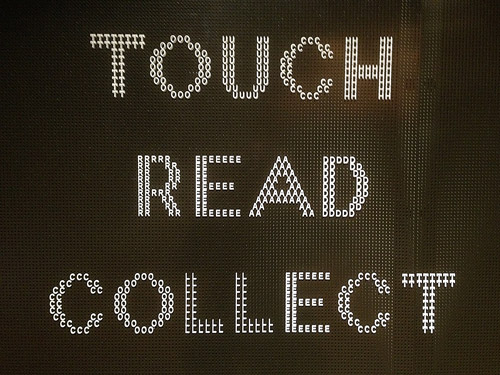
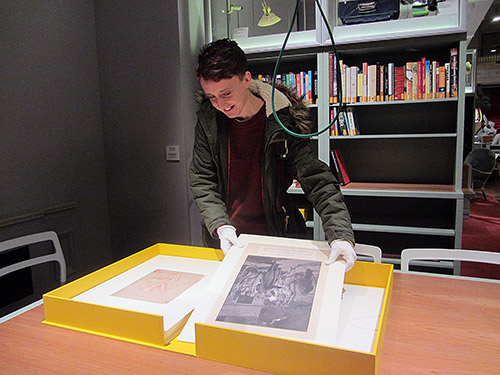
It’s worth noting that, whilst we were there, the Wellcome’s Reading Room was available for some test public openings. We all went up and had a look. It’s a beautiful space, filled with art and objects (as well as the books). If this is going to be another free public space when it’s properly reopened then it will be worth a visit on its own.
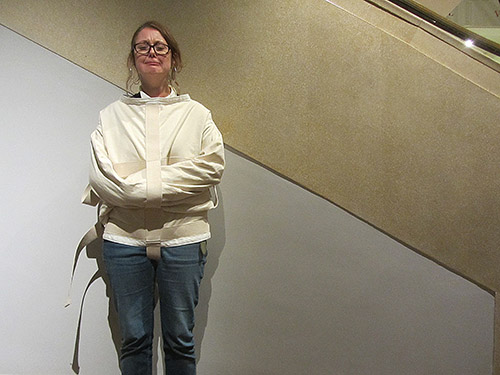
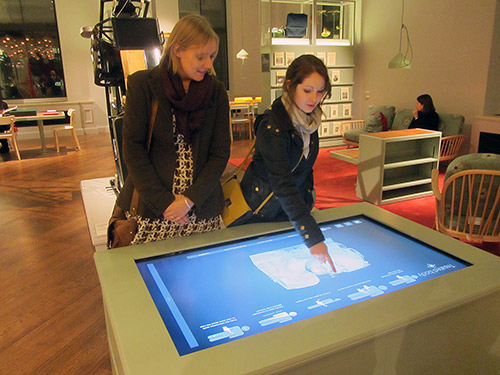
Of course, it won’t be on its own because they also have Medicine Man (dedicated to Henry Wellcome’s personal collections) and Medicine Now (a brilliant gallery of art meets science); I don’t know why those spaces aren’t packed with people all day long. And, until 20 September 2015 they also have The Institute of Sexology which almost certainly will be packed all day (and into the evenings during their late openings and special events).
In stark contrast to the No Photography regime downstairs, the Reading Room encourages you to engage with the objects so the Cog team are all from there… And, although there is no photography, there are lots of images from the exhibition available on their website.



